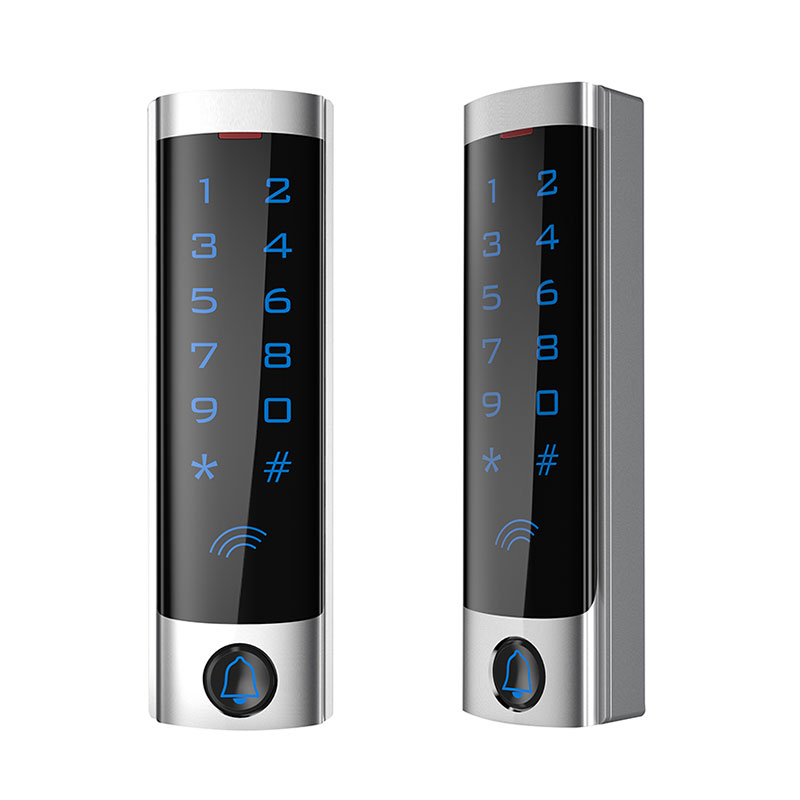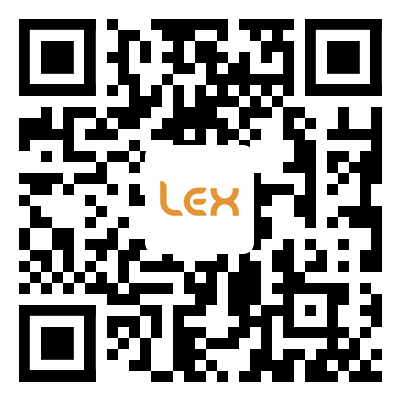How does RFID access control work?
2024-07-22
RFID (Radio Frequency Identification) access control works through the use of radio frequency signals to identify and authenticate individuals or objects, granting or denying access based on predetermined criteria.
These are small electronic devices that contain a unique identification number and can be attached to or embedded within objects or worn by individuals. RFID tags can be either passive (powered by the energy from the reader's signal) or active (powered by an internal battery).
These devices emit radio frequency signals that activate RFID tags within their range. Once activated, the tags transmit their identification data back to the reader.
This software manages the authentication process, comparing the data received from the RFID tags with a database of authorized individuals or objects. Based on the comparison, the software grants or denies access.
As an individual or object with an RFID tag approaches the access point, the RFID reader emits a radio frequency signal. If the tag is within range, it is activated by the signal.

Once activated, the RFID tag transmits its unique identification data back to the reader using radio frequency waves.
The RFID reader receives the data from the tag and sends it to the access control software. The software then compares the received data with a database of authorized IDs.
Based on the comparison, the access control software makes a decision to grant or deny access. If access is granted, the system may unlock a door, activate a turnstile, or perform some other action to allow entry. If access is denied, the system may trigger an alarm or record the attempt.
RFID tags do not need to be physically touched or scanned, making the process faster and more convenient.
RFID tags can be embedded within objects or worn under clothing, making them difficult to duplicate or remove. This increases the security of the system.
RFID access control systems can be connected to a network, allowing for remote monitoring and control of access points.
Scalability: RFID systems can be easily scaled to accommodate a large number of access points and users.
To control access to sensitive areas or restricted zones.
Buildings and Facilities: To manage access to buildings, parking garages, and other facilities.





